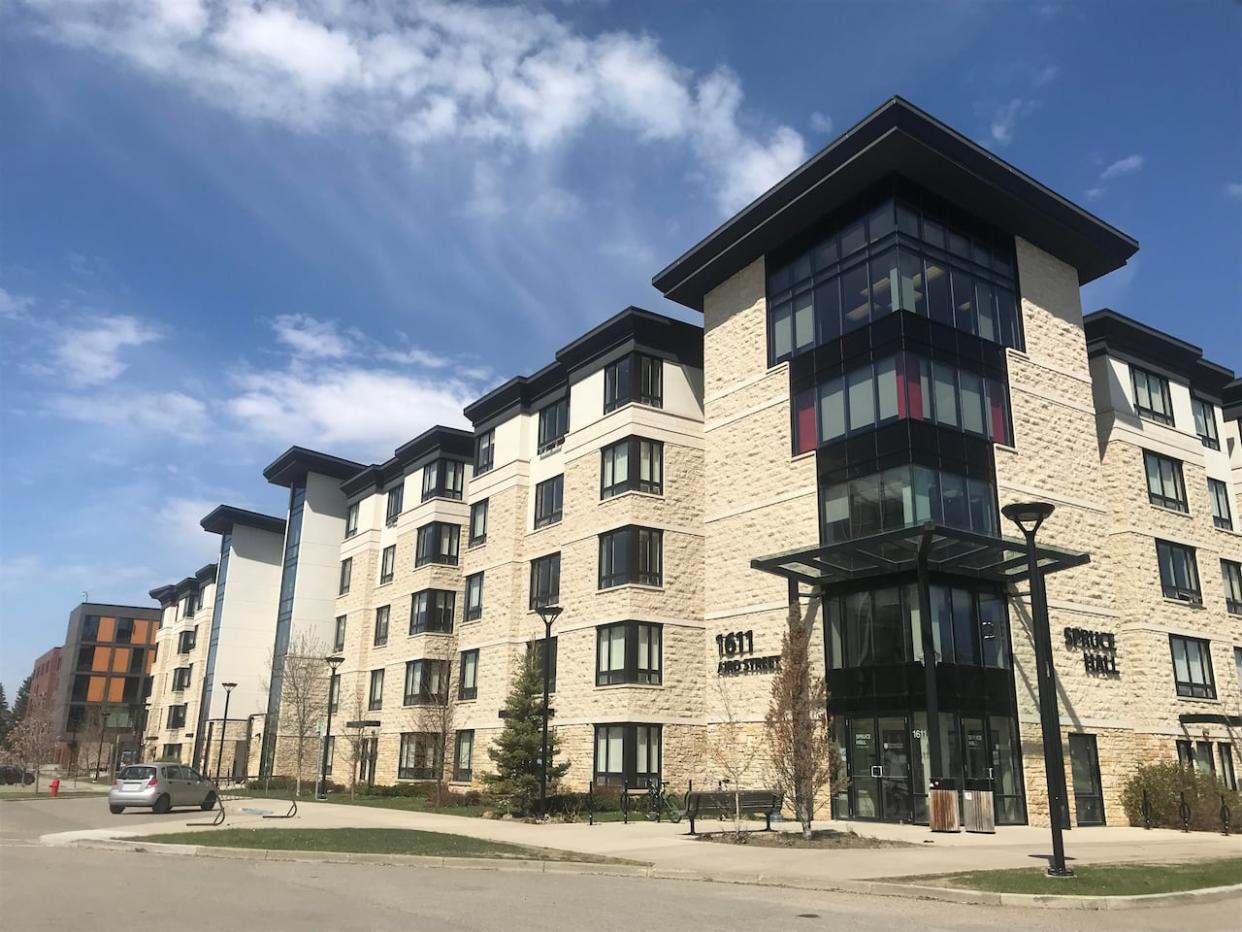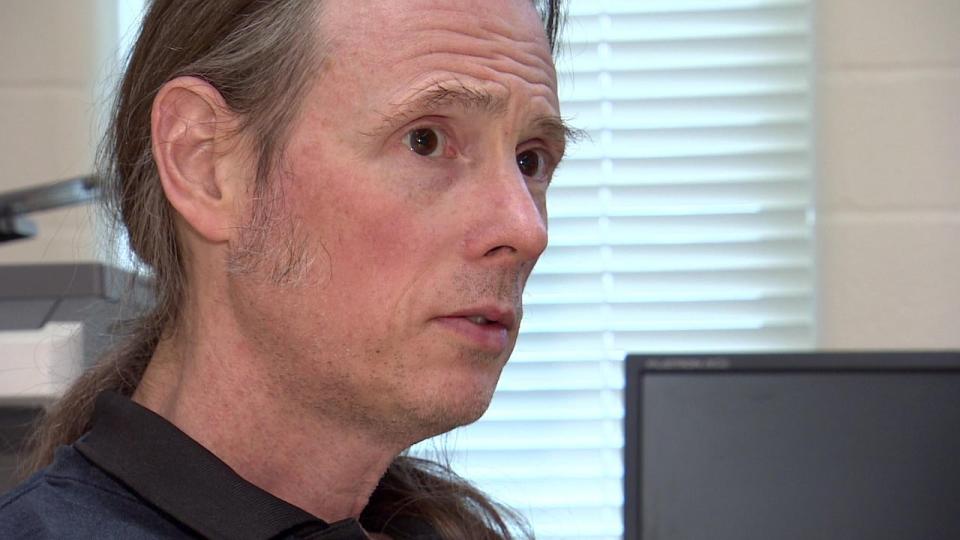Justice system struggling to deal with convicted Saskatoon voyeur Kyle Ronald Hameluck

A Saskatoon provincial court judge is going to try this week, once again, to figure out what to do with convicted voyeur Kyle Ronald Hameluck.
The 35-year-old is scheduled for a bail hearing Thursday. He was charged earlier this month with intimidation, criminal harassment and voyeurism, allegations related to incidents from January, February and March of this year.
Hameluck is well known to city police and the criminal justice system. In 2020, he pleaded guilty to 38 counts of voyeurism involving 25 victims. Those offences were committed while he was on probation for voyeurism and indecent assault convictions from 2017.
Hameluck has served time in jail, been ordered to take counselling and, at various points, been confined to his home on curfew, worn an electronic monitoring bracelet, been on probation and ordered not to own a phone with a camera.
None of the measures have stopped his offending.
"The cycle has to be broken," says University of Saskatchewan psychology professor Mark Olver, who specializes in recidivist sexual offenders.
"It's a very invasive and intrusive thing for people to experience. There are real victims."
'He has seen my face, he saw inside my home'
Hameluck's sentencing hearing on May 13, 2020, gave insight into his pattern of offending and the profound impact his actions had on his victims.
He was arrested in March 2019, one month after campus police at the U of S followed up reports of a suspicious man lurking around a residence complex by the university.
Hameluck prowled the area around the female residence buildings at Aird Street and Cumberland Avenue. He was seen looking into windows and described as lurking around the ground floor of the buildings.
City police got into Hameluck's phone.
"On his mobile phone, Mr. Hameluck had numerous videos that showed, again, young women, typically 18 to 25 years of age, in their homes, either in the bathroom or their bedroom area, nude or in a state of undress, or in some cases involved in sexual activity," prosecutor Evan Thompson said.

Dr. Mark Olver has worked extensively with recidivist sexual offenders. (CBC)
Police identified 25 separate victims. The challenge facing the investigators was that the vast majority of the young women were not even aware that they had been secretly filmed.
Police did identify and track down two. Their victim impact statements spoke to the trauma of what happened.
"I'm still extremely scared of this man. He has seen my face, he's seen my vehicle. He saw inside my home," said one.
A second described what it was like to see the video taken of her.
"I pictured the vantage point of the offender when he filmed me completely nude outside of my bedroom window, my backyard, without my consent," she said.
"I pictured the images I was showing of myself, the black censor block covering my naked body as if it was some sort of surveillance tape and I'm the criminal."
In a joint submission, Hameluck was sentenced to 2.5 years. He was ordered to wear an electronic monitoring bracelet for the first year and be under a 24-hour curfew. That would be followed by probation, and personal and sex offender counselling.
One year into that sentence, he was arrested and charged with being in his downstairs neighbour's basement suite.
Then this year, he was arrested again on the latest charges.
Creating a digital library
Olver, the U of S professor who specializes in recidivism, has never assessed or treated Kyle Hameluck, but after reading the news stories on his court cases, he said Hameluck's offending corresponds to voyeurism patterns he's seen before.
"It's low cost, low effort, low maintenance type of behaviour," Olver said.
"There is not physical contact with the victim. There isn't forcibly overcoming resistance of the victim. There's low level, low potential for detection. There's low risk, high potential reward from this kind of behaviour."
Olver has worked with offenders in prison and said there are treatment resources available. The catch, he said, is that proper treatment requires time, and a commitment for change from the offender.
This can be challenging because of how offenders may rationalize their behaviour, Olver said.
"'It is not so bad because I'm not contacting anybody, I'm not assaulting anybody, I'm not really hurting anybody. It's just photos,' and you can invent all the rationalizations in the world. And these are the types of belief systems that these people would operate according to, which could also fuel and maintain that kind of behaviour," he said.
"If left unchecked, and if there's a very, very strong motivation behind it, I think that could also open up to a lot of treatment resistance."
Olver said it's a complex set of behaviours because it's not just about pornography. Anyone today can go on the internet and, with a few keystrokes, access sexual explicit images and video for free.
"For this, there's an element beyond just creating your own digital library, like this individual is doing, and using that for gratification," he said.


